NASHVILLE TRIP
ARH2030-410

We're going to Nashville!!
Our drive to Nashville
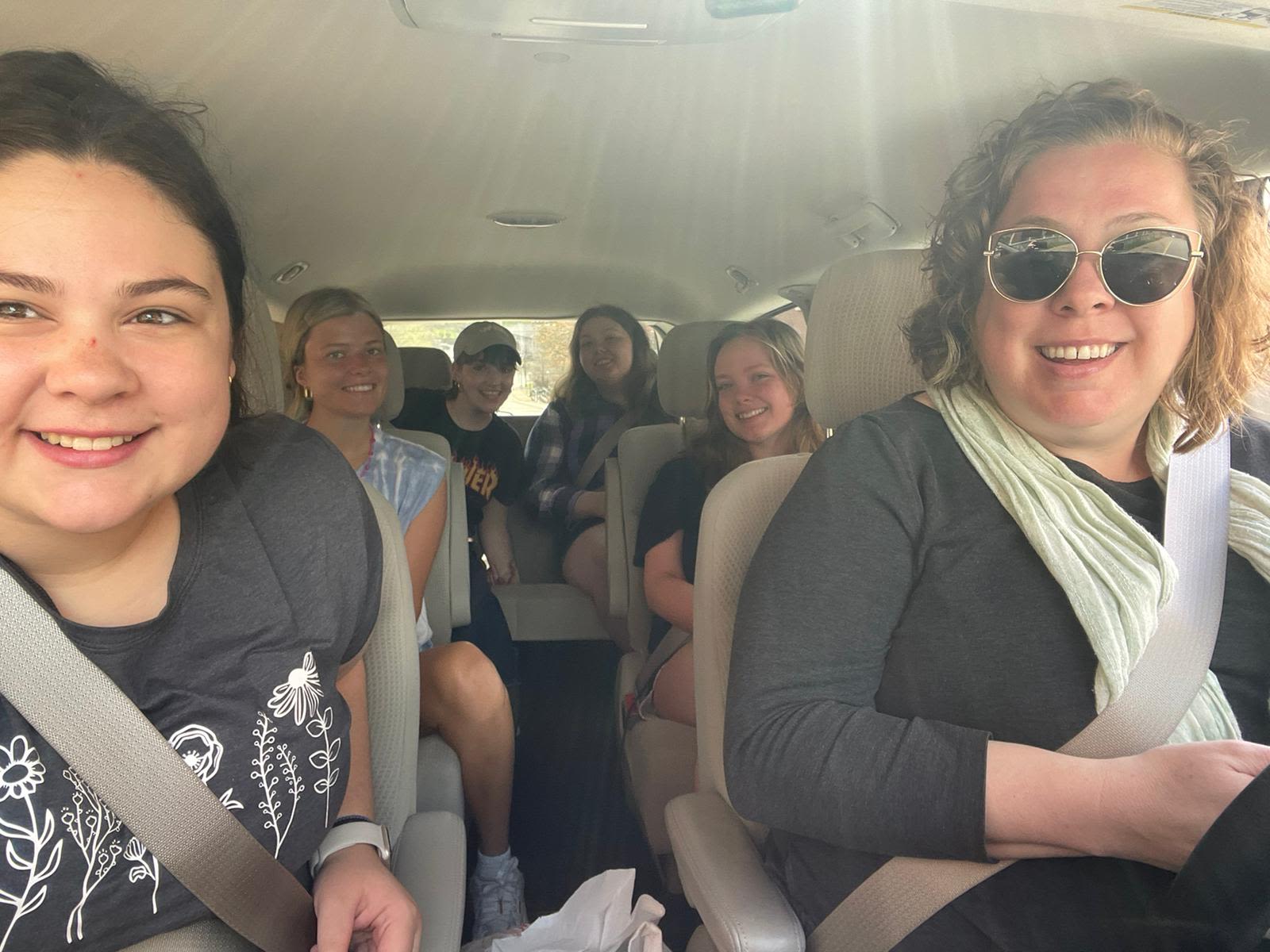
The Parthenon at night


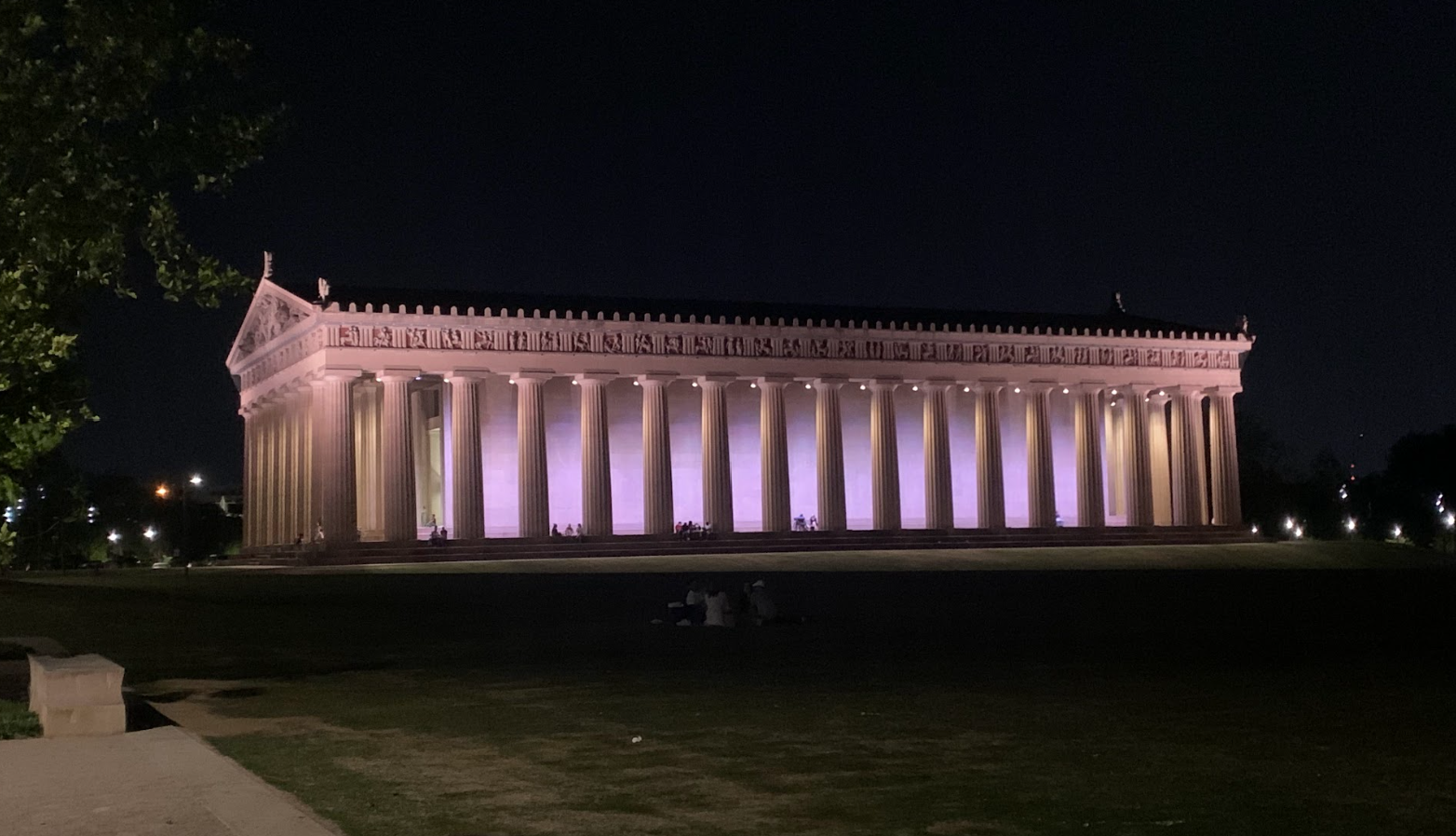



When viewing the Parthenon at night, the structure seemed giant. For me, walking up to the Parthenon felt otherworldly, and it had a much different impact than seeing pictures and reading about the reconstruction in our class textbook. Upon viewing, a few things that stood out to me were how detailed the pediment was, how the light on the structure made the materials look similar to marble, and the ability to walk up to the monument outside business hours. Overall, viewing the Parthenon at night was very significant and beneficial to my learning experience.
Sunday brunch & Broadway Street
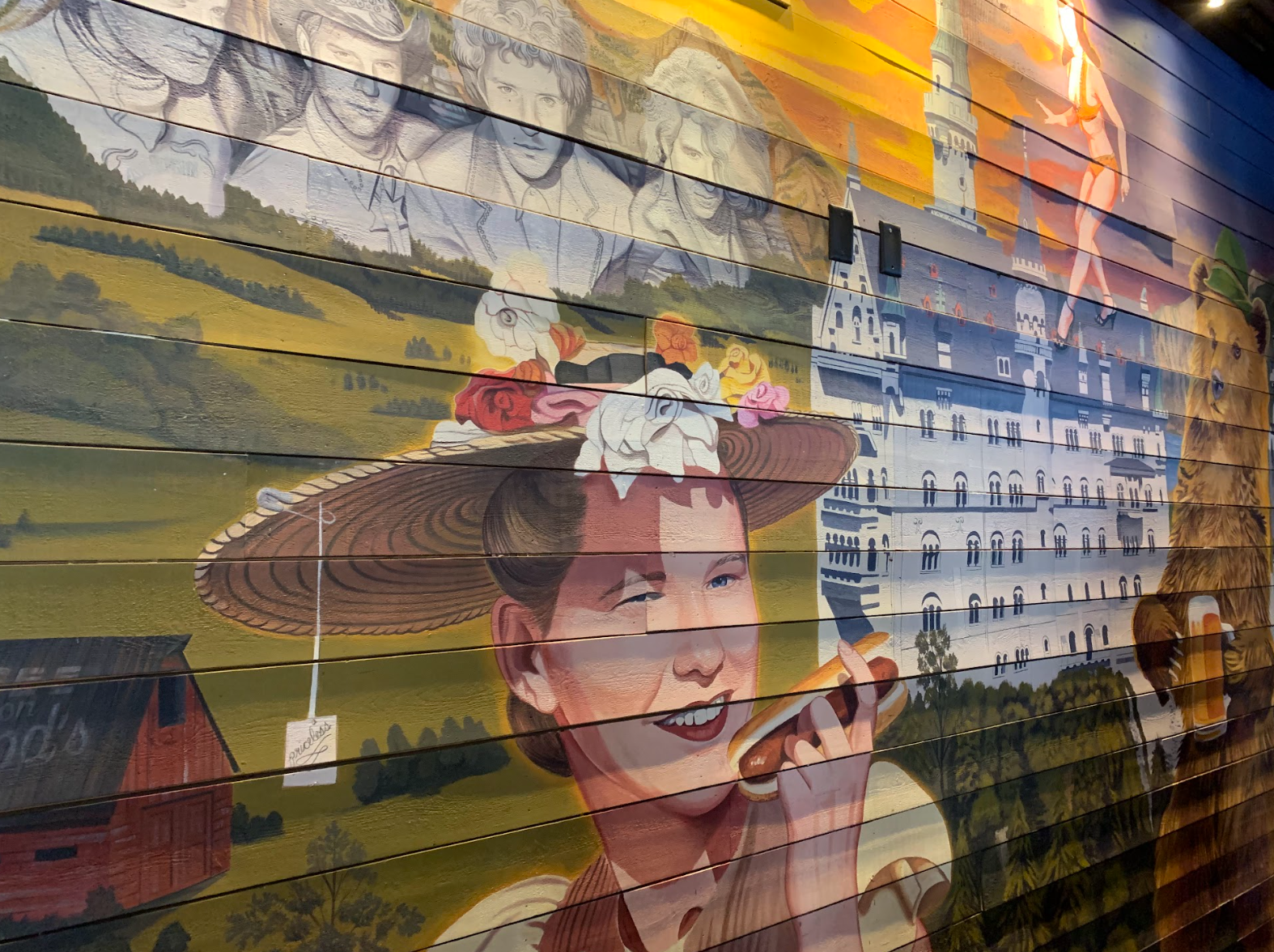

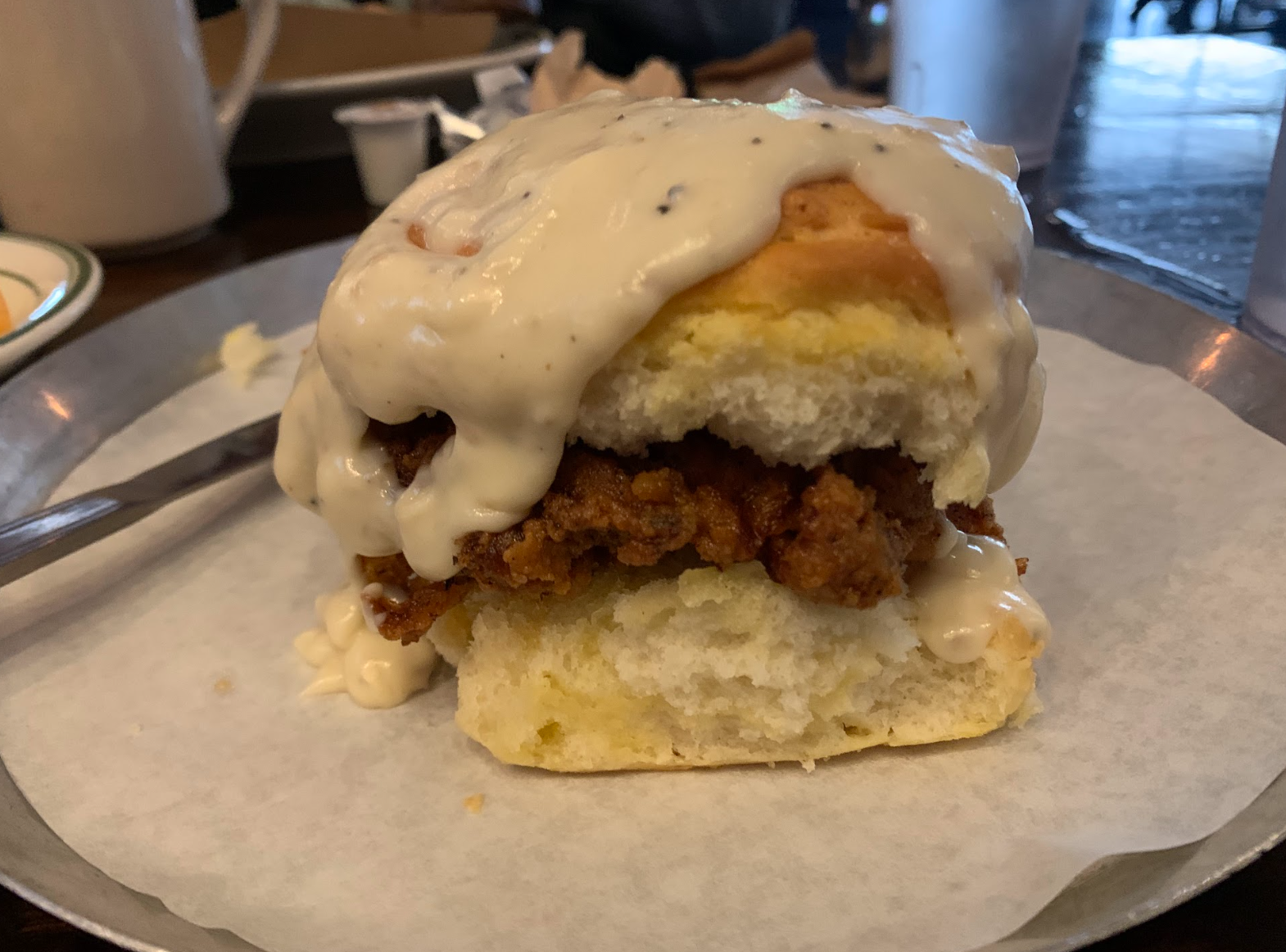



On Sunday, we started our morning off by having brunch at a local restaurant called Von Elrod's. The restaurant was very nice, and its wall murals showed Nashville's cultural iconography. After having brunch, we walked around Broadway Street, which had honky tonk bars, live music, souvenir and apparel shops, and more. I felt that brunch and our trip to Broadway Street were very impactful to my understanding of Nashville's culture. There were photos, murals, businesses, and more that seemed to hold true to what Nashville and its people are prideful of.
The Parthenon in the daylight
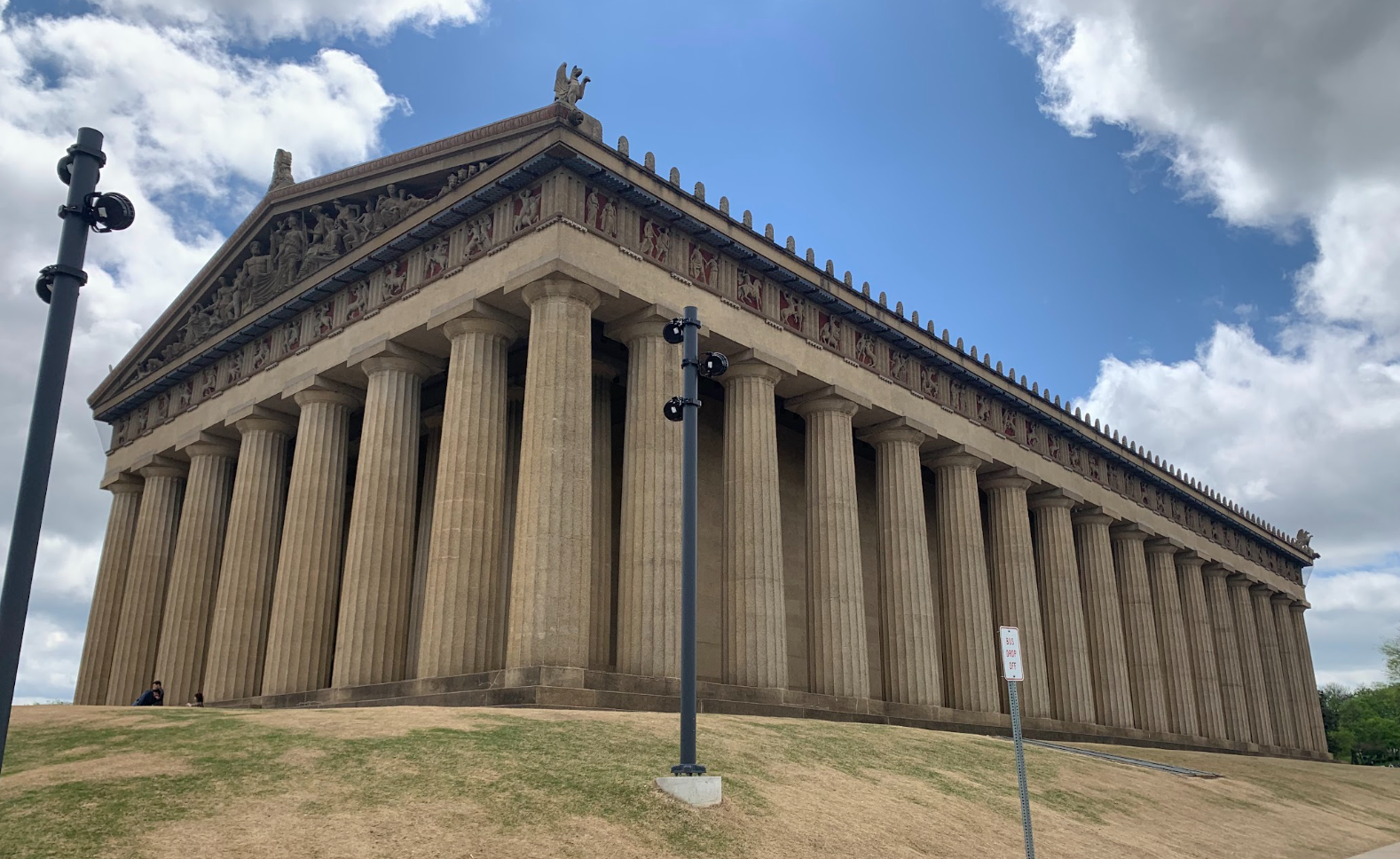


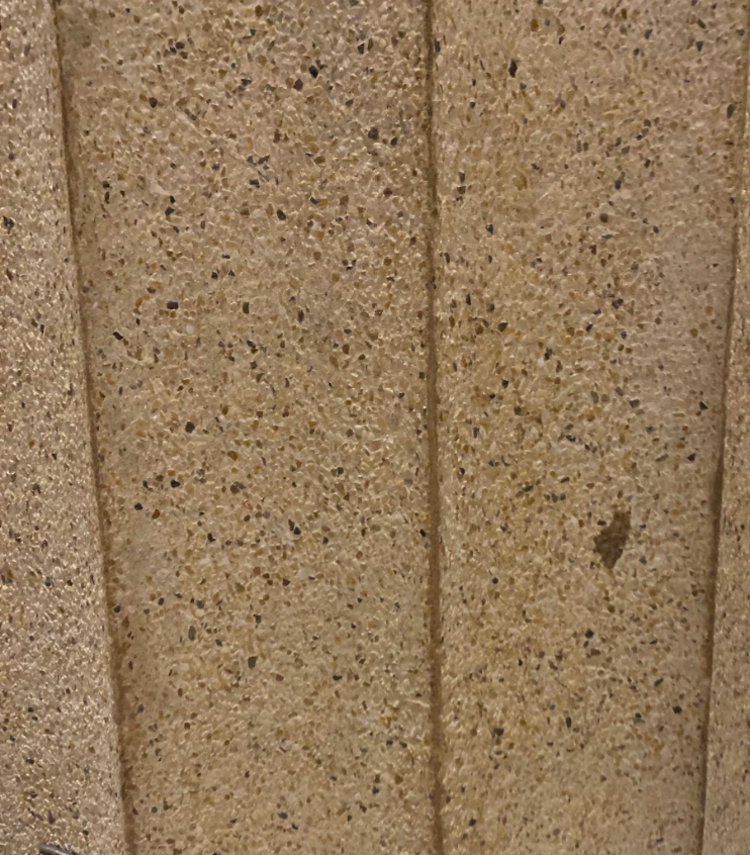





Viewing the Parthenon in the daylight was a somewhat different experience than viewing it at night. To start, the structure seemed much smaller than it did at night. Though there could be a number of reasons why this was, it was still interesting to compare. Another thing that we noticed was how the colors of the materials differed. While the Parthenon at night seemed much lighter and heavily resembled marble, in the day the monument seemed to be much more yellow, and you could see the texture more clearly. Another important difference that we noticed was that the pediment did not seem as detailed and bright as it did at night. My largest takeaway from viewing the Parthenon at night versus day is that lighting plays an important role in how people view art. Both the spotlights built into the structure and the amount of sunlight had very profound impacts on the Parthenon.
Inside the Parthenon - Gallery
In the lower level of the Parthenon, there are several galleries that showcase both historical and contemporary art. The Centennial Exposition Gallery showcases photos representative of Nashville and the Parthenon's history, The Cowan Gallery showcases works donated to the museum by James Montgomery Cowan, and the East and West Galleries showcase rotating works from the Tennessee Triennial. Overall, it was a wonderful experience to witness these pieces first-hand.
The Salute, Early Morning
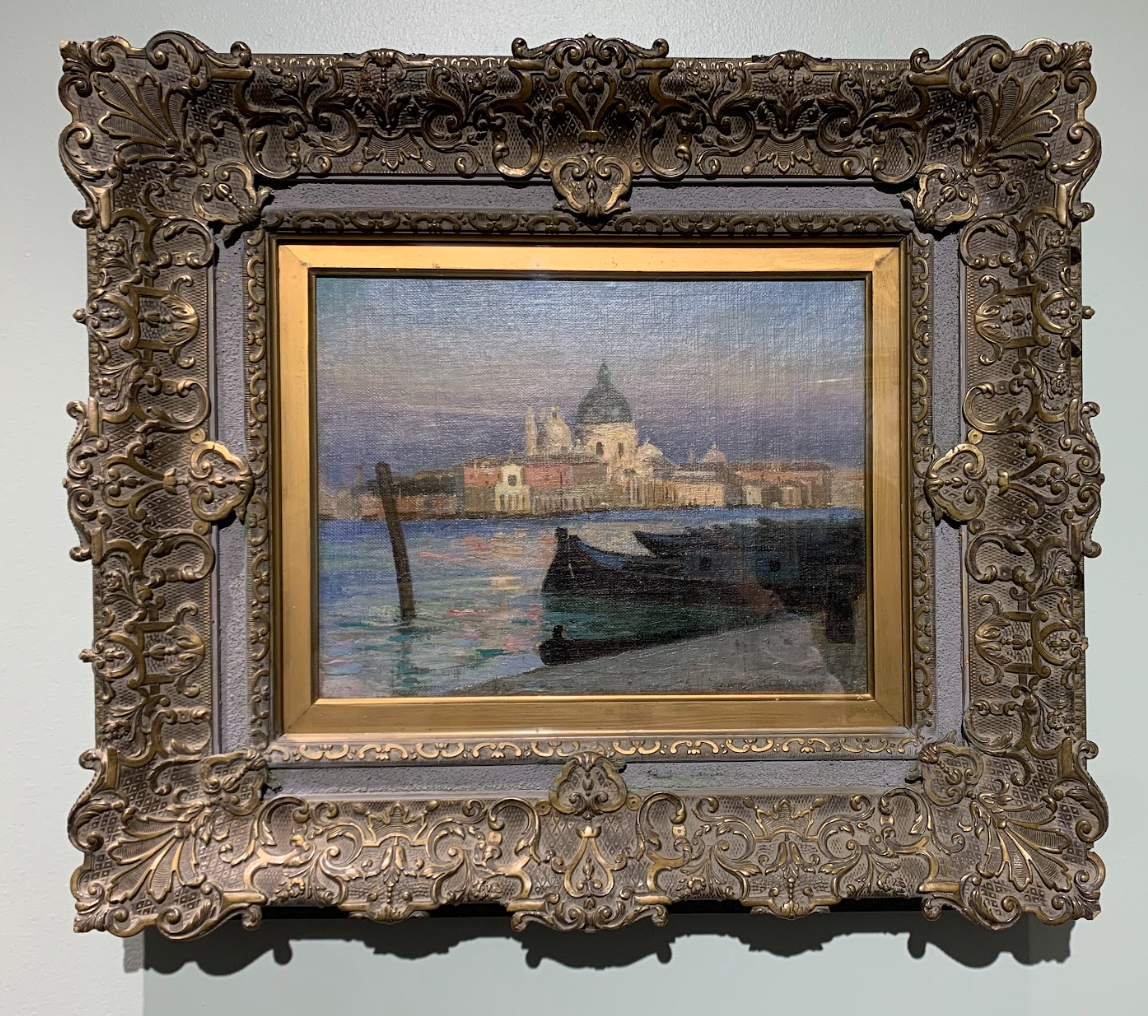
James Carroll Beckwith- 1874
"The Salute, Early Morning effectively showcases Beckwith's ability to replicate shadow, light, and mass accurately. The simplified forms of the buildings, delineated with planes of color, bring to mind the works of the early French impressionists with their rough, loose brushstrokes" - Anonymous
Still Life - Fish
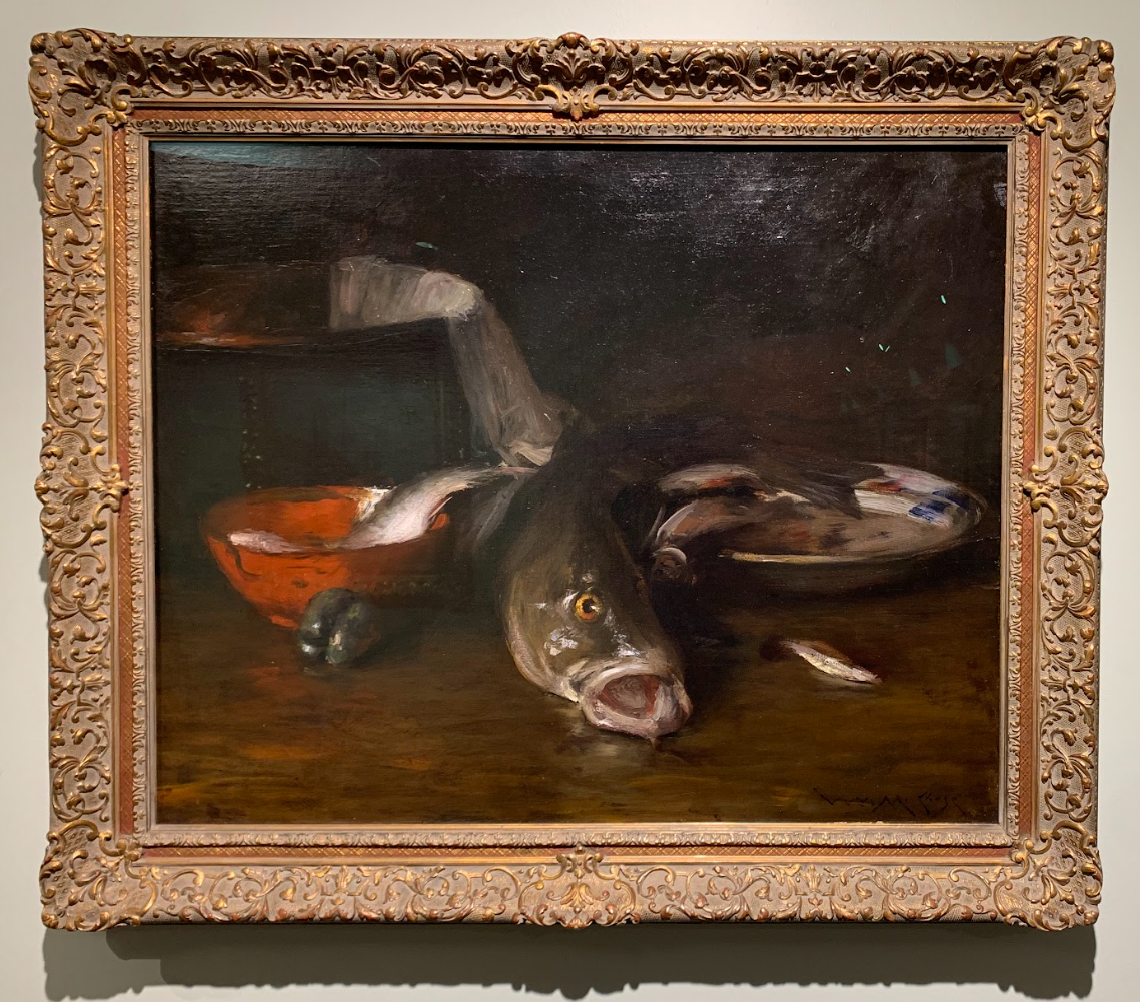
William Merritt Chase -1910
"Still Life- Fish, a work from late in Chase's career, embodies a style that was a synthesis of reaction against the academic style" - anonymous
Parthenon History - Centennial Exposition Gallery
In the Centennial Exposition Gallery, there are a variety of different pictures and plaques explaining the history of the Parthenon, Nashville and the Centennial Exposition. Here are a few of the interesting facts I learned:
1. Nashville built the Parthenon for the Centennial Exposition in tribute to their nickname "The Athens of the South", which recognized Nashville's focus and dedication to education.
2. At the original exposition, there were a variety of activities that you could partake in including parades, speeches, rides, dining, and more.
3. At the time, Athena Parthenos was not constructed, instead, they had a replica of the Athena of Velletri sculpture. This sculpture was scaled up to 40 ft and, at the time, was the largest ever created by a woman.
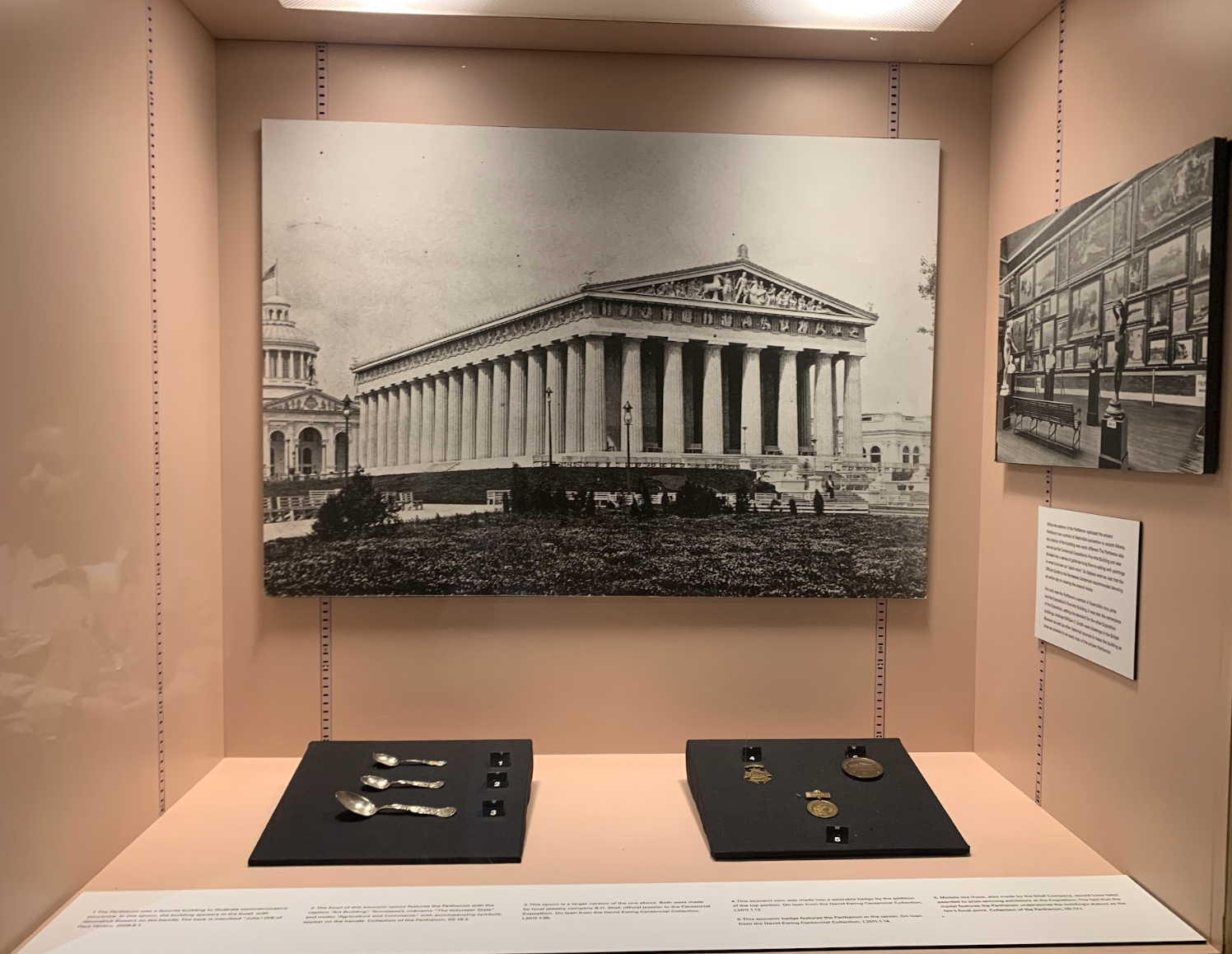
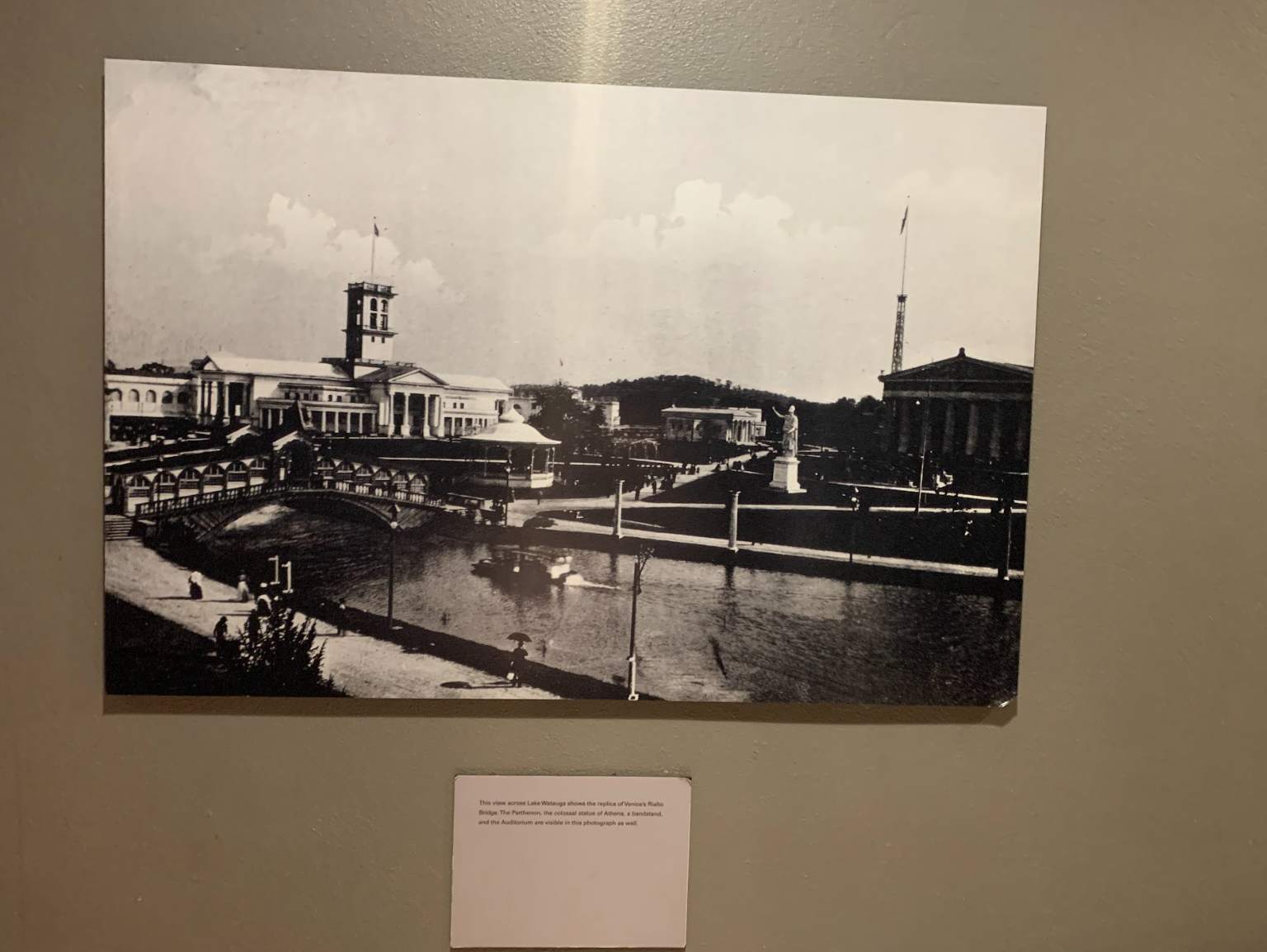
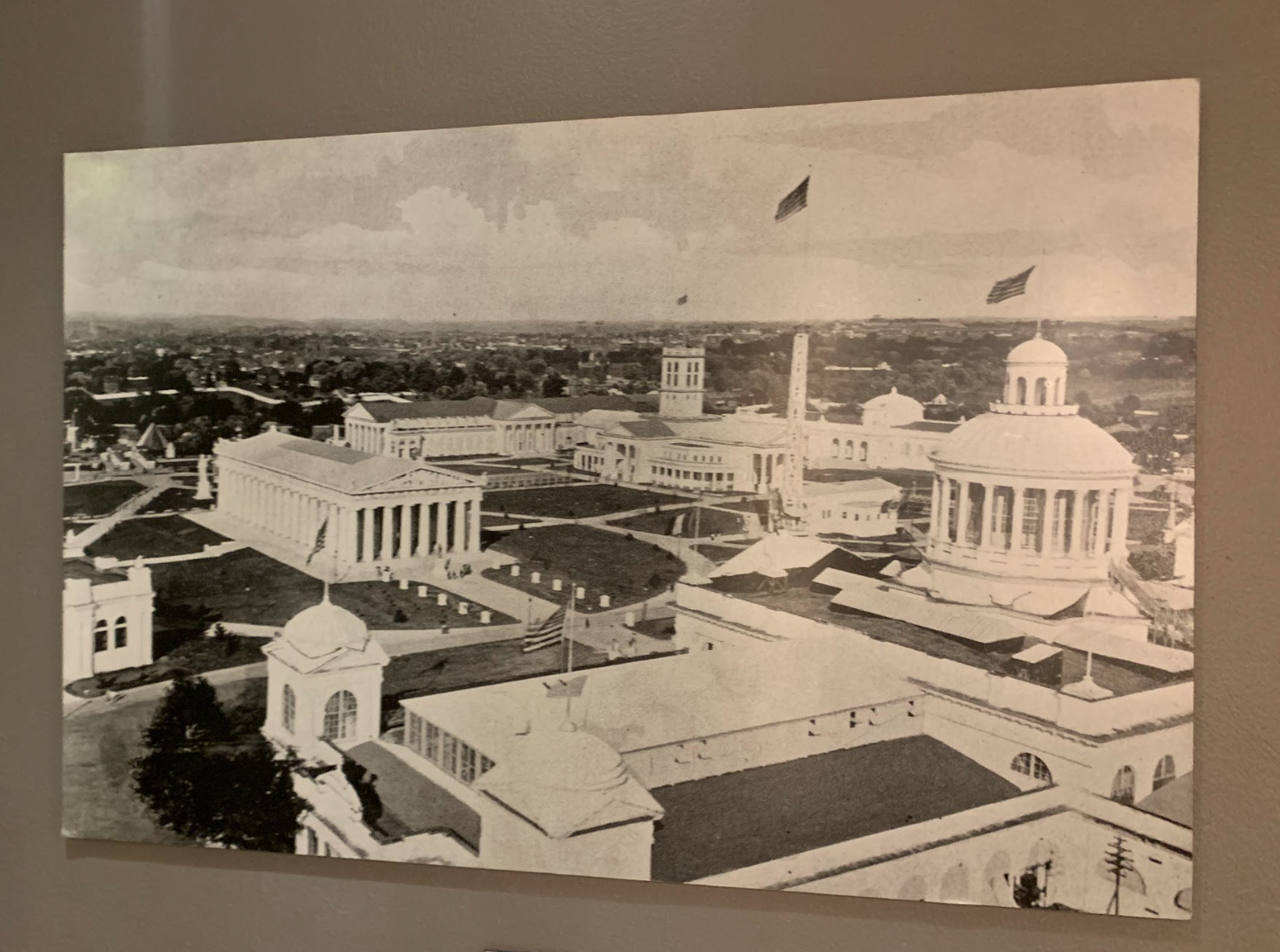
The Naos and Athena
The Athena statue at Nashville's Parthenon was originally constructed in 1982 and displayed to the public in 1990. Though the Athena statue in Athens no longer exists, the details and information to build the replica were found on coins and historical text from the time period. At the time, and for the next 12 years until 2002, the sculpture would remain primarily white. In 2002, the sculpture was guided with 23.75-carat gold leaf. Through my readings and encounters in the Naos, I learned of a few key differences and similarities between Athens' Athena and Nashville's Athena:
1. Similarity: The Athena statue today is a 1:1 size replica and stands in the same location as it once did in Athens Parthenon.
2. Difference: While the original Athena statue was built with cast gold and ivory on a wooden base, Nashville's Athena is built out of a compound of gypsum cement and fiberglass attached to a steel framework.
The Frieze: This relief carving depicts a scene of the birth of Pandora.
The sandals: Depicts a scene of centaurs being slain.
The serpent: some believe the serpent to be representative of Erichthonious, but it is a more common belief that the serpent represents the people of Athens.
The shield: The outside of the shield depicts a scene of conflict between the Greeks and the Amazons. The inside of the shield depicts a scene from a battle between the Olympians and the Giants. Represents Athena's role as a protector of the Athens people.
Nike: crowning Athena with a laurel wreath to commemorate her role in protecting Athens from annihilation.








The Parthenon marbles
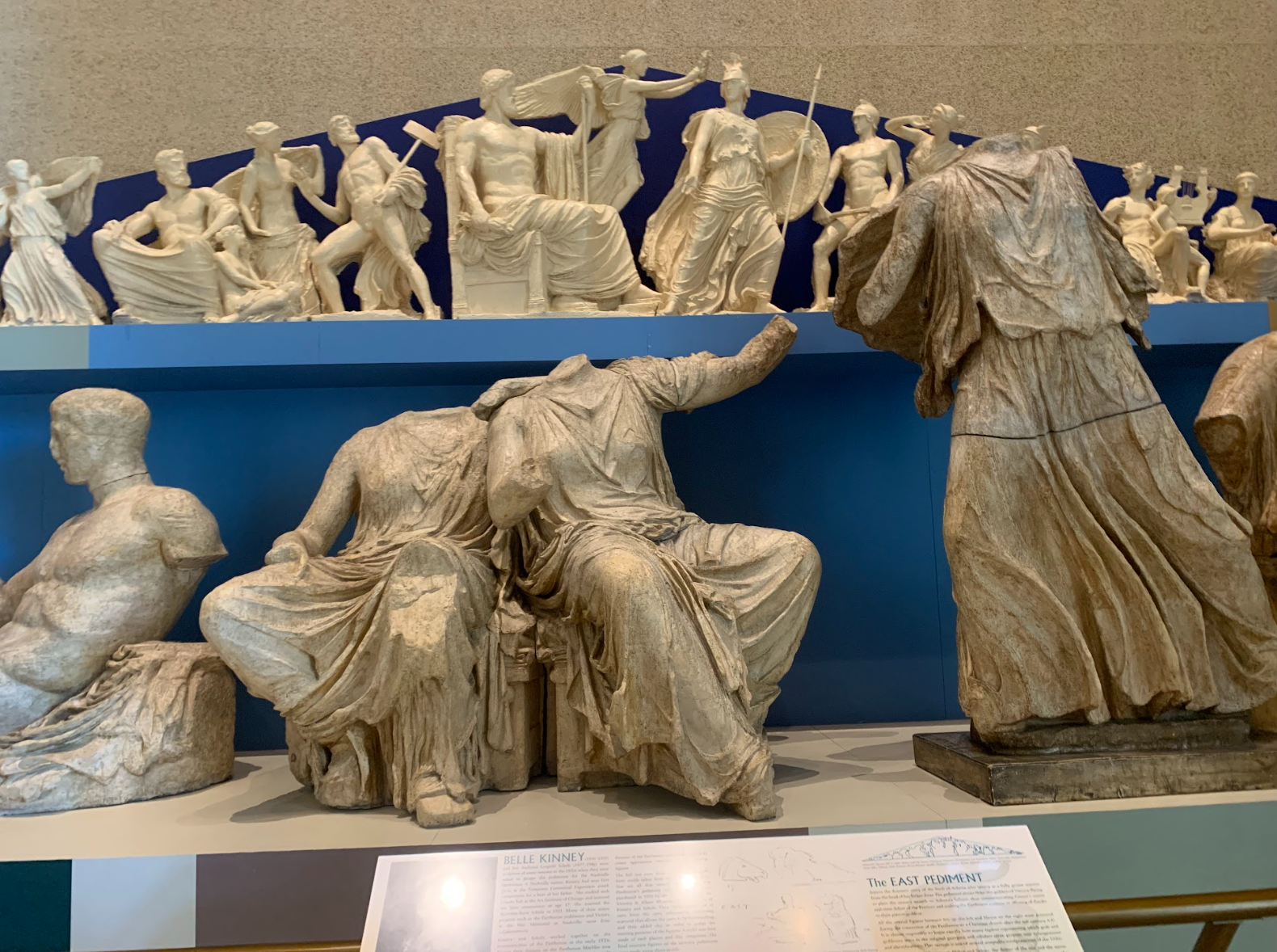

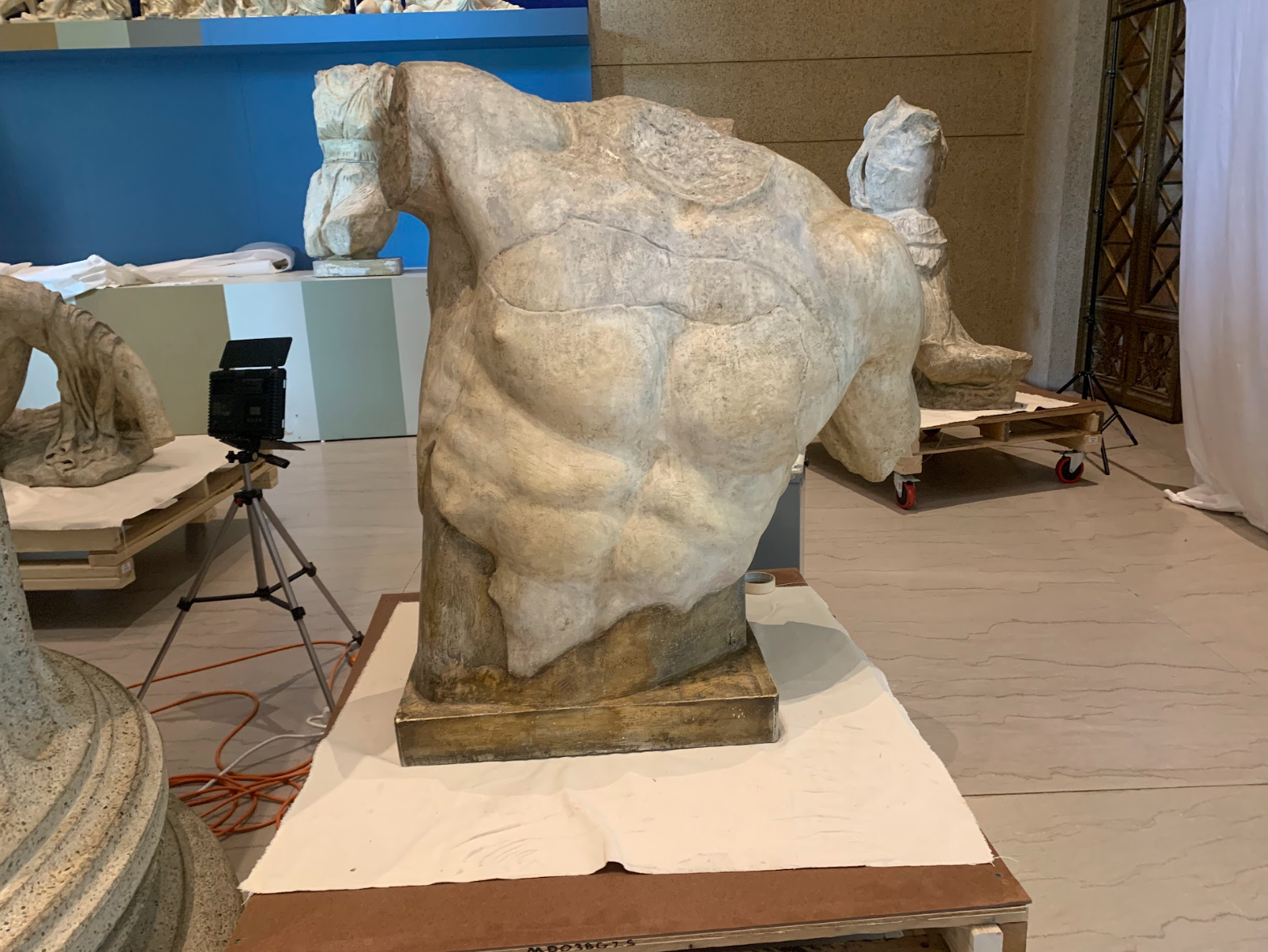
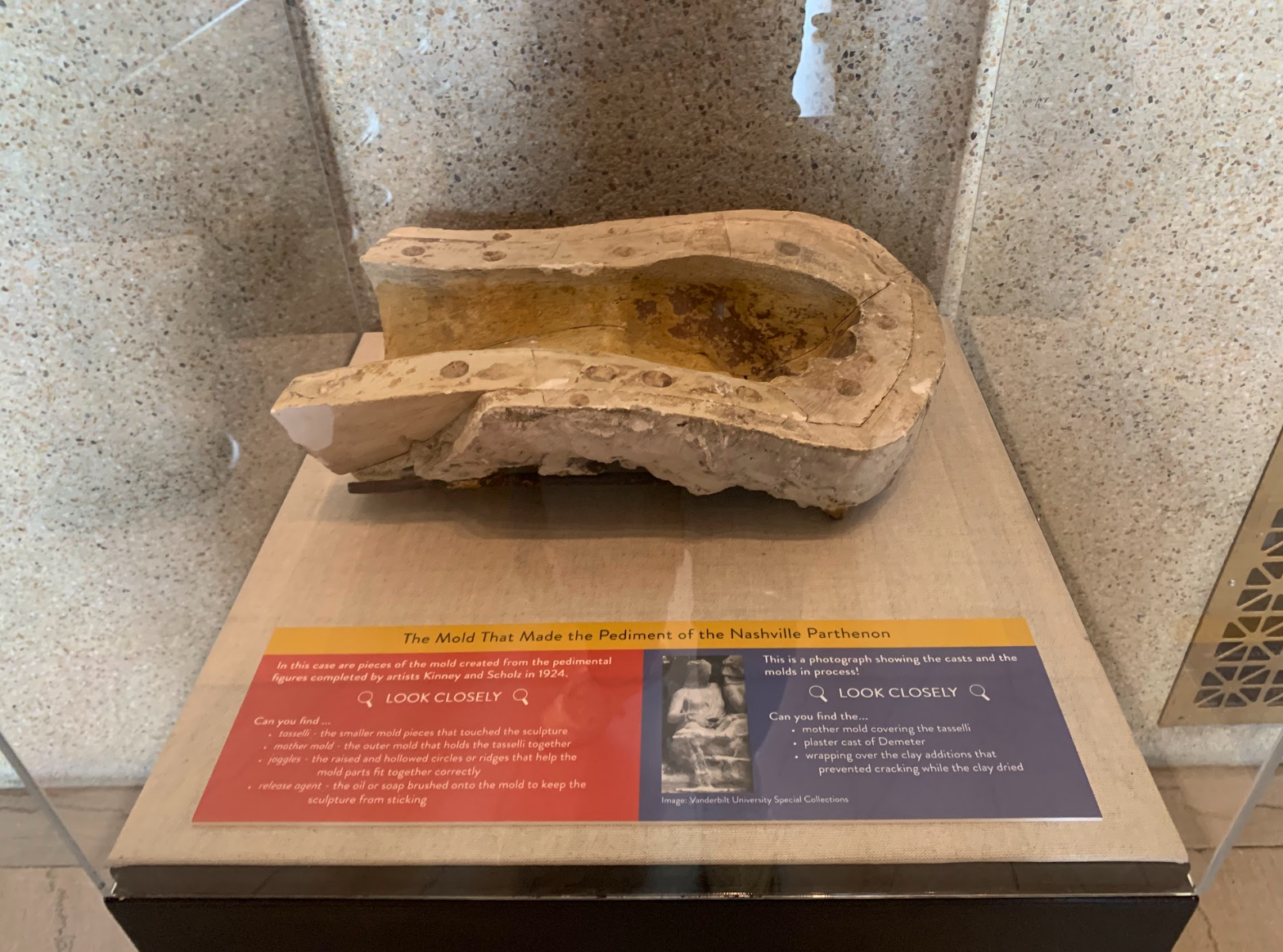
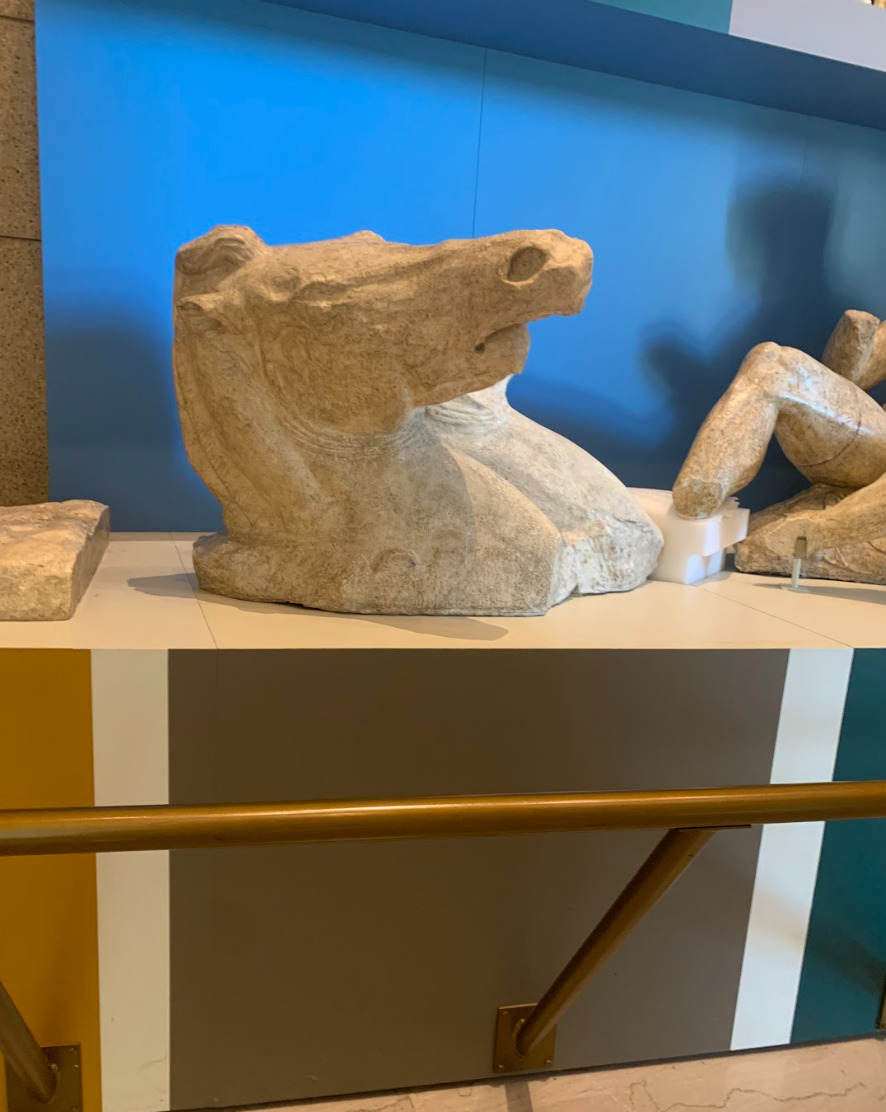




The casts displayed in the Parthenon were cast from molds of the remnants of the marble pediment at the Athens Parthenon. The east pediment depicts the birth of Athena, as well as other representations that held importance to the people of Athens. The west pediment shows a scene of comparison between Athena and Poseidon.
Conclusion
Overall, our trip to Nashville was an incredible experience. I enjoyed being able to witness the culture of Nashville, discover the history of the Parthenon, and being able to make new friends. Seeing the Parthenon was truly an extraordinary experience, and it was fascinating to me to pick out some of the similarities and differences between what I have learned about Athens' Parthenon and the Nashville Parthenon. I left Nashville confident that I understood the significance of the Parthenon to Nashville and its history!

